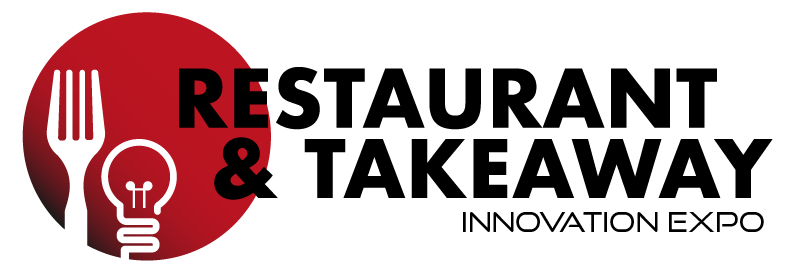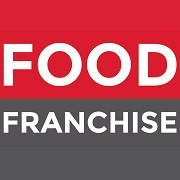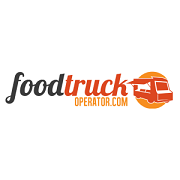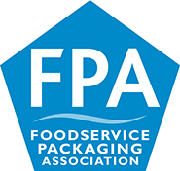The Food Technology Conundrum: Interoperability
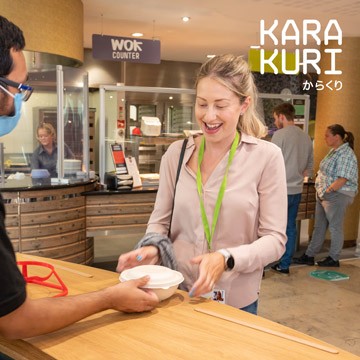



Customers who go to a fast food business are looking for speed, convenience, and consistency.
However, this is easier said than done in today’s ever-changing Quick Service Restaurant
(QSR) and Fast Casual restaurant landscape.
Restaurant operators must now juggle orders placed via multiple channels, including in-store
counters, drive thru, touch screens, click and collect and delivery orders from multiple providers
such as Uber Eats, Deliveroo, Just Eat/ Postmates, etc. As the ordering landscape gets ever
more complex, restaurants must still deliver a service that delights their customers and delivers
on their expectations.
The result of this increasing complexity is that many restaurants are now rethinking how their
kitchens, front-of-house spaces, and operations function, with a growing number investing in
“smart” technologies to help them improve their operations and better support multi-channel
ordering. These solutions range from integrated Electronic Point of Sales (EPOS) systems to
integrated Kitchen Management Systems (KMS) to intelligent kitchen appliances.
Intelligent Kitchen Automation
Today’s commercial kitchens use a wide variety of “smart” kitchen appliances, from ovens with
programmable cooking cycles and combination cooking modes, to fryers that can automatically
filter the oil and dynamically adjust cooking temperatures, to machine vision systems that help
predict food quality and help optimise kitchen working patterns. Eventually, robotics will become
just as prevalent in kitchens, with robotic systems working alongside employees to help support
them with the boring, repetitive, and even dangerous activities.
In an ideal world, a modern restaurant would have all these systems working harmoniously
together, helping to manage operations, ease the work pressures on employees, and provide
valuable and real-time data for management. However, this is difficult or impossible as many of
these new technologies, which are built by different companies, can’t ‘talk’ to each other.
The key to future successful kitchen operations will be interoperability between these
independent systems.
Harmonious Kitchen Operations
The latest EPOS and ordering systems now offer the capability to collaborate with third-party
kitchen management solutions. However, it’s still early days – and the integrations are limited
and not seamless. As kitchen robotics and automation enters the mainstream, it represents an
even bigger interoperability challenge.
In the near future, it’s likely that several individual robotics systems will operate within a single
kitchen - from the makeline to the fryline to off-premises packing, etc. Each of these robots will
need to be able to communicate seamlessly with each other as well as with wider restaurant
systems to ensure that the kitchen delivers high-quality food, consistently and at maximum
efficiency.
In the emerging world of kitchen robotics and automation, most companies have attempted to
build bespoke, robotic solutions with their own proprietary interfaces or control solutions.
However, these one-off solutions aren't a viable option for the mass market. For intelligent
kitchen robotics solutions to be widely adopted, they will need to integrate into the already
established, multi-channel food restaurant environments and easily connect with new and
existing restaurant technologies.
Interoperability is Key
We can see how interoperability drives success in other industries. Programs like Amazon’s
Works with Alexa or Apple’s Home Play are recognisable icons that indicate a product will
automatically work with other devices. It should be the same for restaurant kitchens.
At Karakuri, we believe that interoperability is key to a wider ecosystem of change in the modern
QSR and Fast Casual restaurant kitchen. So, earlier this year, we introduced the Karakuri:
Robot Ready™ certification programme, which enables the rapid, seamless integration of our
smart robotic kitchen solutions with popular EPOS, KDS, and Kitchen Management Systems
(KMS). The result: restaurants can embrace kitchen automation at lower integration costs and
timescales.
Interoperability is on the minds of everyone who has an eye on the future of restaurant
operations. However, we aren’t too far away from seeing every appliance in the kitchen working
together and delivering on these benefits. The technology is ready. Now, it will take all the
parties in the kitchen ecosystem to make it work.
Click here to learn how you can benefit from Karakuri: Robot Ready certification.





